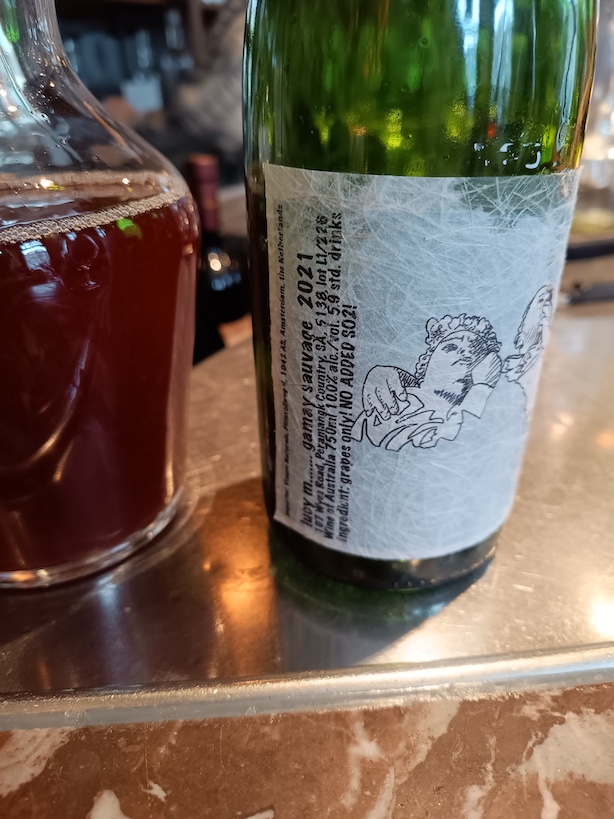Gamay
If you drive on the national road number 6 in Burgundy you will be surprised to find a place named Gamay, in the city of Saint Aubin sur Loire. Gamay in the heart of Bourgogne how is it possible?
Gamay is not the number one cultivar in Burgundy; it is Pinot Noir. In this post, I will talk about the origin of Gamay and its fascinating history, its characteristics, and where you can find it in the world (and not only about Beaujolais).
the starting point about Gamay is Saint-Aubin sur Loire, a city in the Cotes de Beaune, is not an accident. This is the region where Chassagne Montrachet is located, the region of Pinot Noir and Chardonnay,but it is also the birthplace of Gamay.
There is, here, a small village named Gamay, this is where the cultivar made its first appearance.
The village was integrated into Saint Aubin, later but the name Gamay and the grape survived.
What is strange is that Gamay and Chardonnay (also born in an eponymous village in Burgundy) share the same roots but not the same outcome.
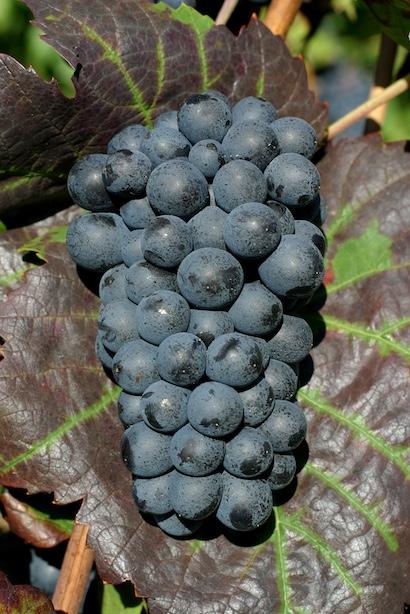
During the Middle Ages, grapevine reproduction wsn’t controlled like today, and sometimes cross-breeding between cultivars occurred. Most of the time for the worst, but a few times people choose to keep thenew cultivars.
This is the case for both Gamay and Chardonnay. They are the result of the cross between Pinot Noir and Gouai Blanc. The only difference, Chardonnay was praised in Burgundy, and Gamay was excluded.
Gamay in the rich soil of Burgundy has a high yield and an early ripening. A very attractive option for winemakers to make and sell a lot of wine. This abundance of low-quality wine collides with the revival of trade roads across Europe and the quality search.
The reputation of wine regions like Burgundy or Bordeaux comes from this age. So in the late 14th century, the powerful Duke of Burgundy, who had a lot of ambition for Burgundy’s wine banned the Gamay from Burgundy in a famous 1395 edict. This is the first trace of regulation in order to ensure the quality of wine because this edict not only banned Gamay from Côtes de Beaune and Côtes d’or but also banned some controversial winemaker practices.
Gamay did not disappear totally from burgundy it simply moved to the south of Macon, in a more austère place, Beaujolais.
The conditions were not the same here. The soil, made of schist, granite, limestone, and sand, is poor. The altitude is higher than Burgundy. But for Gamay, the environment was ideal.
Gamay like poor and low fertile soil, like in the Beaujolais region. It limits the yield and berries are more concentrated. It thrives in temperate climates. The grape is very compact and ripe early (earlier than Pinot Noir). Gamay produces wine with a low level of tannins, high levels of acidity, and distinctive red fruit aroma, red currant, cherry, raspberry, violet, white pepper, and some hints of wet stones. It depends on the terroir, the climate, traditions but also Gamay varieties.
With time, many different Gamays appeared. The main one, Gamay noir à jus blanc, is the most used, but this is not the only one. There are 3 types of Gamay variations, Gamay centuries, meaning the juice is dark, Other Gamay Variations, generally local variations, and a pink variety.
The Tenturier variation is used to produce darker wine.
- Gamay de Bouze,
- Gamay Fréaux- Gamay de Chaudenay.
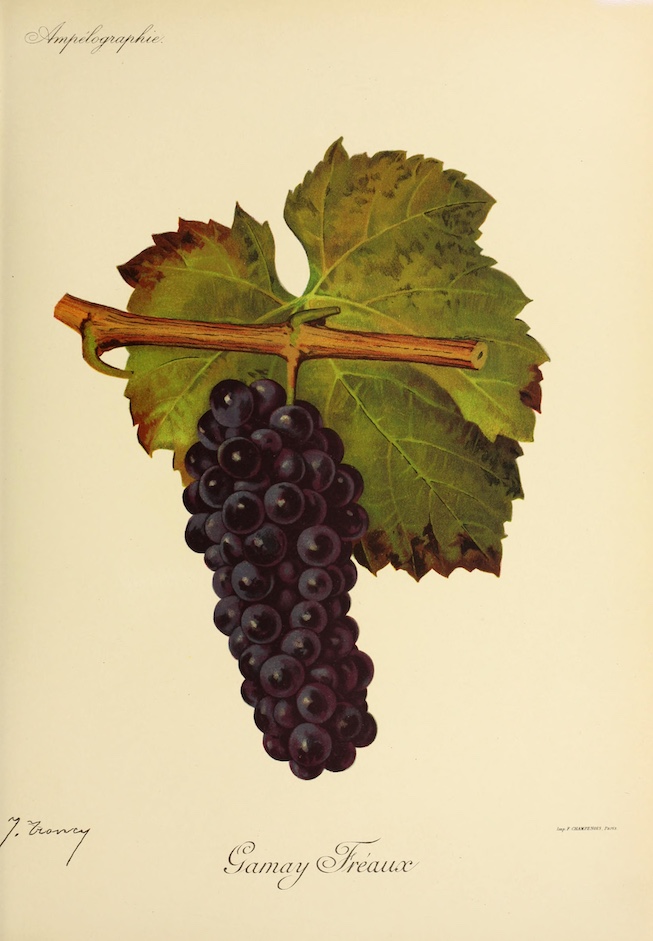
They all have a higher level of tannins, darker colour and a more complex profile.
The other Gamays variations includes:
-
Gamay d’Orleans (locally named Gascon) with high acidity which gives them a fresh and lively character.
-
Gamay d’Auvergne often has floral and earthy notes, adding complexity to their fruity profile.
-
Gamay de Saint Romain, which produces aromas of red and black fruits, a light structure, and moderate alcohol content.
Gamay has also a pink variation, Gamay gris. It produces wine typically light-bodied with delicate floral aromas (violets), notes of red fruits, and a refreshing acidity.
Finally, there is also a Gamay Blanc, but this is not a Gamay variant, just another name for Chardonnay.
The usage of this variant depends on the wine region. In France, several regions use Gamay.
The principal one is Beaujolais. I already describe the wine region in this post
There are three styles in the Beaujolais region: the northern part, Beaujolais Village and Crus du Beaujolais, the southern part, with a lighter wine, and the Beaujolais Nouveau, the primeur wine.
If Beaujolais is the largest wine region for Gamay wine, it is not the only region that uses the cultivar. Several other regions also produce Gamay wine.
Coteaux du Lyonnais produces wine from Gamay with a similar structure and taste to the south of Beaujolais.
my selection: Famille Guerrin, la vigne de mon père, Moulin à vent.
- Savoie and Bugey produce wine from Gamay, light with red fruit aromas and peony notes.
My selection, La vigne Sauvage, Les sauvageons
- Val de Loire; use Gamay mostly in the western part of the Valley
- Anjou Gamay, light fruity and floral
- Touraine, Light with cherry aroma
- Azay le Rideau, floral and with rose and Liliac notes
- Mesland, more structured with cassis
my selection, Le Sot de l’Ange, Malolactix
- Auvergne, Gamay d’Auvergne is mainly used here, with earthy and floral notes.
my selection, Henri Chauvet, Au Chamt de la Huppe
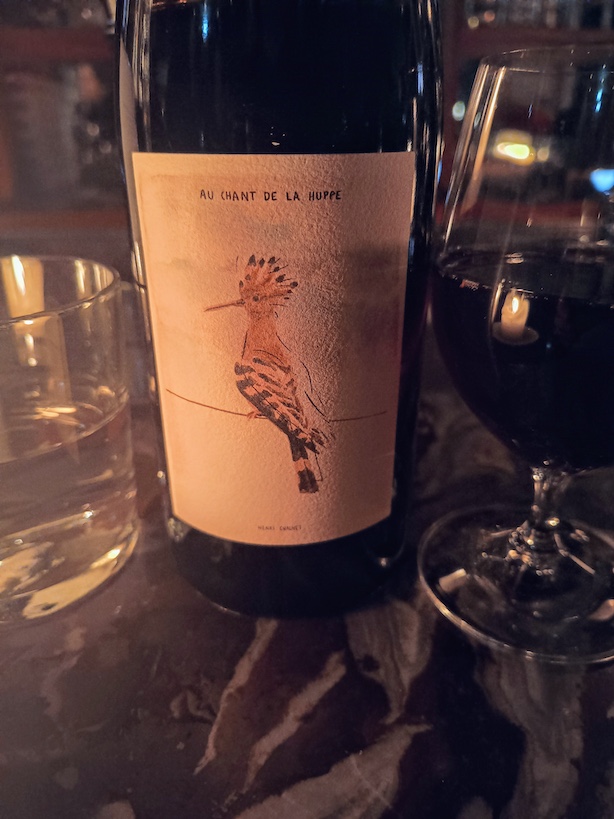
Outside France, Gamay is also an important variety in less famous wine regions.
- In Switzerland, in the Vaud, Valley, and Geneve, Gamay is blended with Pinot Noir to create light-bodied, fruity wines. They also use a local variety, the Plant Robert.
My selection Matthias Orsett, La rayure
- In the north of Italy, in the Valle d’Aosta DOC appellation, they use Gamay, the style is similar to French Gamay (Aoste is a bilingual region, some labels are also in French).
my selection: Les petits Rien, L’esprit Pourpre.
- In America, the most notable wine region that uses Gamay is the Willamette Valley. The wine produced here has bright acidity and a subtle red fruit aroma.
my selection: Phelan Farm, Gamay Noir.
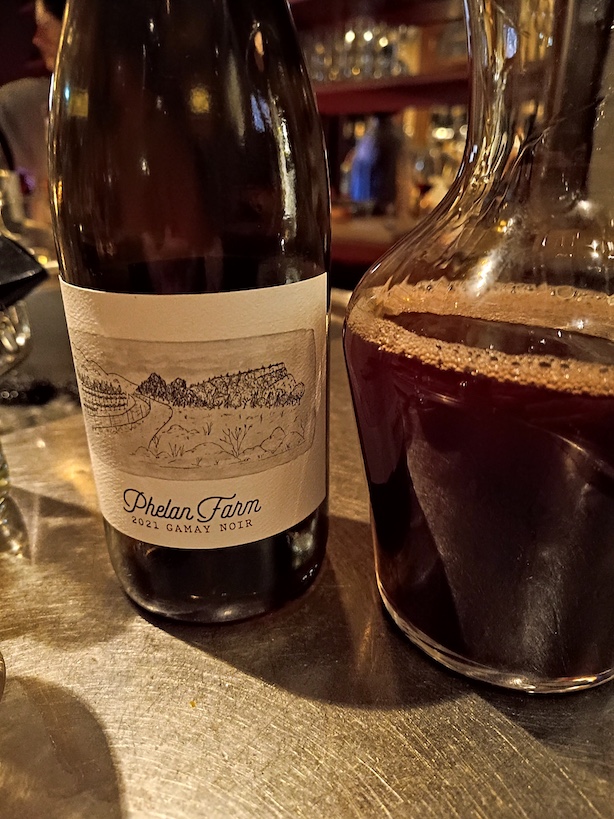
Gamay is used mainly in French and is often associated with the Beaujolais region but it can be found elsewhere in the world. It is an iconic cultivar with a large spectrum of aromas and styles.
